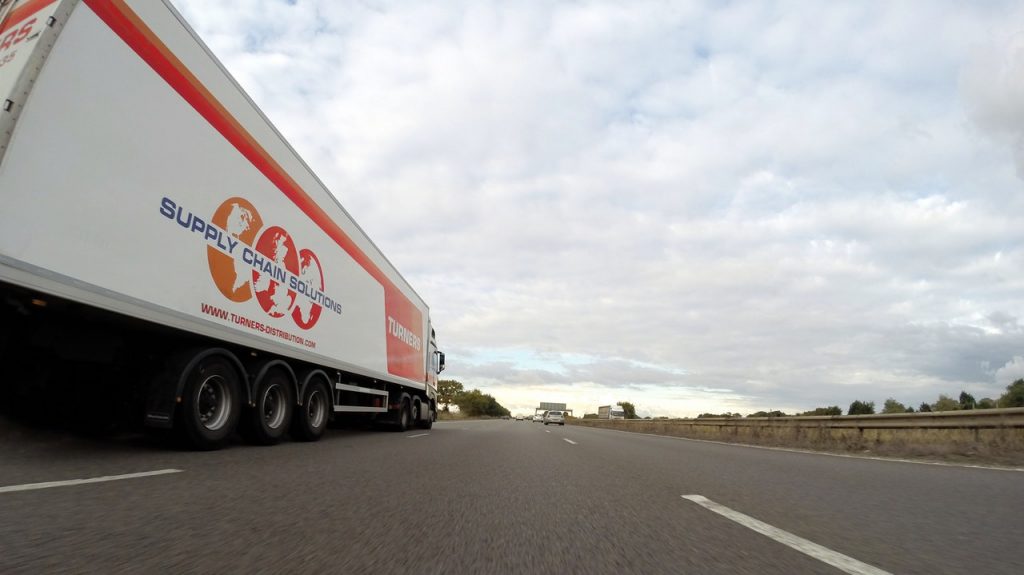Reasons To Relocate Your Laboratory
With careful planning and support of a laboratory relocation service, the challenges of moving can be met with as little disruption as possible.

The good news is that with careful planning and support from a dedicated team of principal investigators (PIs) and lab managers, the challenges of moving to a new institution can be met with as little disruption as possible. A move can be stressful for laboratories loaded with expensive equipment and years of research data. Packing, unpacking, and setting up can be frightening for a month at a new place.
Setting up your new laboratory and moving your existing laboratory can be time-consuming and costly. One of the most difficult aspects of orchestrating a lab move is figuring out what to do and what results to show. The relocation of your research can bring your entire operation to a standstill, interrupt lab operations, and then return to normal circumstances.

Moving laboratories is an extensive, stressful and costly activity and a typical laboratory relocation takes more than six months of planning. Planification is an essential component of lab relocation and demands maximum attention to detail. Every phase of moving depends on planning, and their success or oversight can help you lose years of research by delaying the move for days or weeks.
Relocating your laboratory is an important and delicate task that may be compromised even by the smallest supervision. It requires the highest level of detail, regardless of industry. Attention to detail ensures that your old and new laboratories remain clean, that your years of research and data collection are preserved, and that your work is not lost.
The move requires careful planning and execution, not only to ensure that scientific instruments, laboratory equipment, and valuable samples arrive safely at their destination but also to ensure that the new laboratory operates smoothly and that the instruments comply with regulatory requirements. To manage the relocation, specialized laboratory relocation services with dual expertise in the relocation of scientific assets and multi-vendor instrument services can help scientists and laboratory managers focus on science and business objectives while minimizing the risk of downtime.
Turning a lab relocation project into a lab facility and laboratory service can feel like a big decision. Given the hours a laboratory move will require in planning, delegation, hiring experts to complete the project, and ensuring that appropriate equipment and precautions are used, a laboratory move can be costly, depending on the size and distance of the move and how many companies you want to hire. One way to reduce costs without reducing the quality of the laboratory relocation is to hire a laboratory relocation servicer to carry the entire process but using a different contractor for each step can improve the efficiency of the project and lower the overall price. But this can be extremely stressful since streamlining all contractors can be difficult.
The key to seamless lab relocation is relying on a lab setup service you trust. Here are seven things that you and the people you work with need to know about laboratory relocations. The most important thing to understand is how to conduct laboratory relocations properly.
The relocation of laboratories requires not only in-depth knowledge of plant regulations but also of transport regulations, unlike other projects. As well as packaging and labeling chemicals, you must also take into account transport regulations to ensure that you comply with the rules during your move. The construction of a new plant or the relocation of a laboratory is not always at the forefront of entrepreneurship and management.
Academic laboratories are a vital part of any research facility and contain vast collections of biological materials, reagents, and specialized laboratory equipment that require the utmost care. It is vital for researchers to be aware that some devices cannot be moved to a new institution. For chemicals, the moving of a laboratory during a move requires a wide range of skills and approvals.
Laboratory equipment can be worth thousands of dollars and laboratory removals include additional precautions to protect irreplaceable samples. An advanced move due to the nature and content of academic laboratories could lead to a costly disaster due to a lack of knowledge or experience of the procedures. The lab could benefit from hiring experienced commercial relocation services that can help them out in every step.
Laboratory engineers and project managers are focused on keeping an eye on the end results. Relocation experts with experience and qualifications in the removal of scientific laboratory equipment and chemical laboratory equipment know how to approach your move based on the information they receive. Many companies provide integrated project management and logistic project management to monitor subcontractor and supplier partnerships for a smoother and more successful move.
It has been shown that with adequate time and work expenditure in a laboratory relocation project the whole project is quicker, cheaper, and fewer errors are made and corrected.
If the environment in which you are located does not provide you with the right inspiration, the right space, the right equipment, or the right time to achieve the objectives you are considering, moving the laboratory can be indispensable. It is important to be aware that not everything is brand new, as most laboratories relocate a lot of old stuff. The new room may not be as big as we would like it to be or as furnished as we had hoped.
Hence, laboratory relocation is a mammoth task and should be undertaken after careful consideration.




